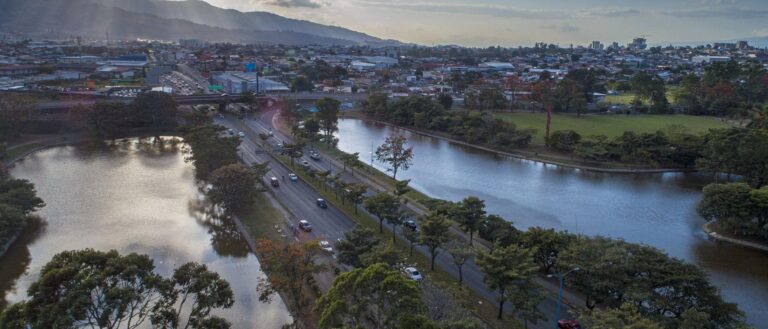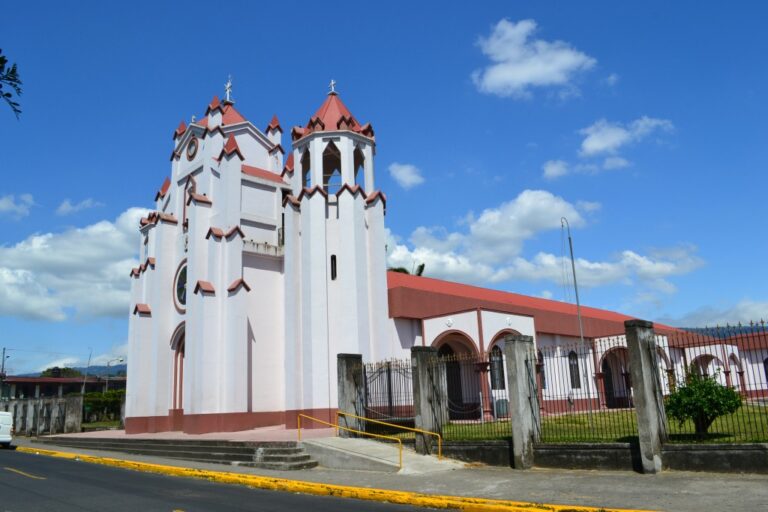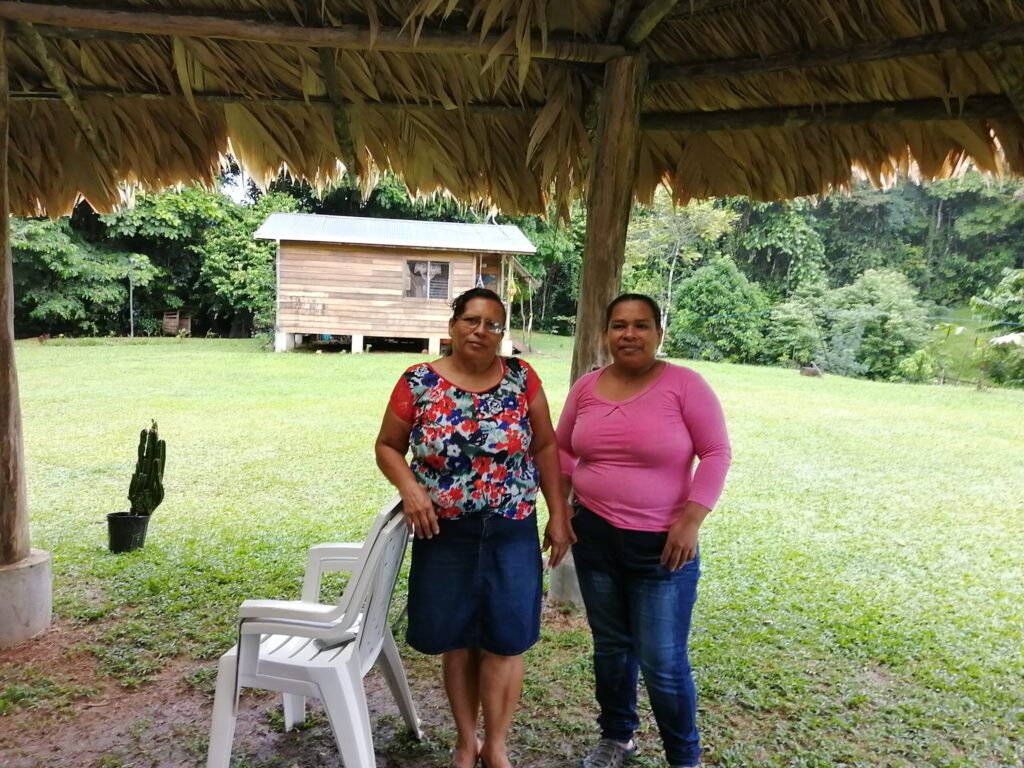Yesterday, on September 15, 2025, Costa Rica celebrated its 204th year of independence. The streets filled with lanterns, marching bands, traditional costumes, and national pride. But beyond the colors and music, this date invites us to reflect on a pivotal chapter in Central American history: the independence of the Captaincy General of Guatemala, and the birth of the region’s sovereign nations — including Costa Rica.
What Was the Captaincy General of Guatemala?
Before becoming independent countries, Guatemala, El Salvador, Honduras, Nicaragua, and Costa Rica were part of a Spanish colonial entity known as the Captaincy General of Guatemala. Established in the 16th century, this administrative unit belonged to the Viceroyalty of New Spain, but with a certain degree of autonomy. Its capital was Santiago de Guatemala (modern-day Guatemala City), which served as the political, military, and religious center for the entire region.
For more than three centuries, these lands were shaped by colonial rule: the Spanish language was imposed, indigenous cultures were displaced, Christianity spread, and a rigid social hierarchy took hold. But resistance movements, local networks, and a new mestizo identity also emerged — key ingredients for the coming push for independence.
The Independence of Central America: September 15, 1821
In the early 19th century, the Spanish Empire was in decline. Weakened by Napoleon’s invasions and liberation movements across Latin America, Spain lost its grip on distant colonies. In Central America, Creoles — American-born descendants of Spaniards — began demanding greater political and economic freedoms.
On September 15, 1821, under increasing pressure and uncertainty, representatives of the Captaincy General signed the Act of Independence of Central America in Guatemala City. The document declared independence from Spain but encouraged the provinces to remain peaceful and consult with local governments about whether to join the newly formed Mexican Empire under Agustín de Iturbide.
In Costa Rica, news of independence arrived weeks later, due to the poor road conditions and distance from Guatemala. It wasn’t until October 13, 1821, that the act was officially read and acknowledged in Cartago, then the colonial capital of Costa Rica.
A Warless Independence?
Unlike the dramatic struggles seen in South America or Mexico, Central America’s independence was mostly peaceful. There was no major war of liberation from Spanish troops in these territories. This was partly because Spain had little military presence left in the region — and partly because local elites preferred a smooth transition of power to avoid social upheaval.
However, the region was far from stable. In the years that followed, Central America experienced internal conflicts, power struggles, and civil wars, including attempts to reunite the provinces into a federation. In Costa Rica, political tensions also flared, most notably in the Battle of Ochomogo in 1823, which pitted royalist cities against republican ones.
Building the Costa Rican State
After years of experimentation and regional instability, Costa Rica officially separated from the Central American Federation in 1838, becoming an independent republic. Since then, the country has charted its own path — one defined by peace, education, and democratic values, though not without its challenges.
Today, as Costa Rica marks 204 years since that defining moment in 1821, it celebrates not only the act of independence but also the journey of nation-building, the triumphs and setbacks, and the collective identity shaped over two centuries of self-governance.


















